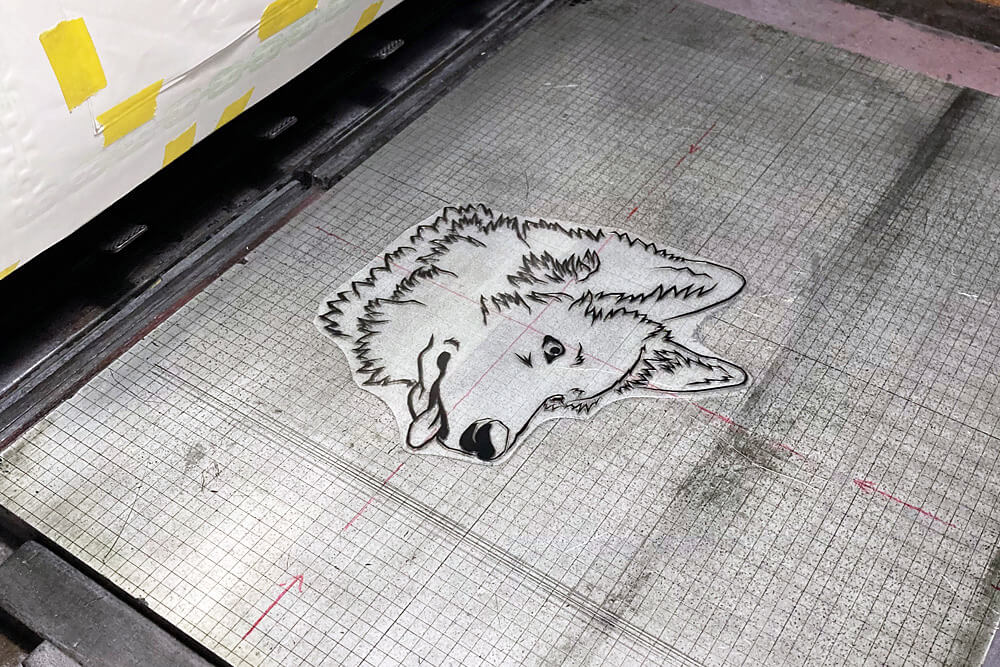
Jet-Black Gallery has teamed up with Tokyo-based artist Koichiro Takagi to release a screen print entitled “Your Radiant Light is Traversing Space and Time” at the end of 2022. The special edition sold out in a few days and we really appreciate your support. There are a few copies left of the regular edition on our site, so if you’re interested, get it while you still can.
For those of you who love Koichiro’s art, we are excited to announce another new release! We will be releasing a piece entitled “All I Wanna Do is Just Be What I Wanna Be” at 9:00 PM (JPN time) on February 26th. This is an exquisite piece of letterpress art, printed with 4 colours onto white paper.
The article below describes what letterpress printing is and also explains the compatibility of art with the letterpress printing style. We would be delighted if you read the article and shared your thoughts with us in the comments.
The Definition of Letterpress Printing
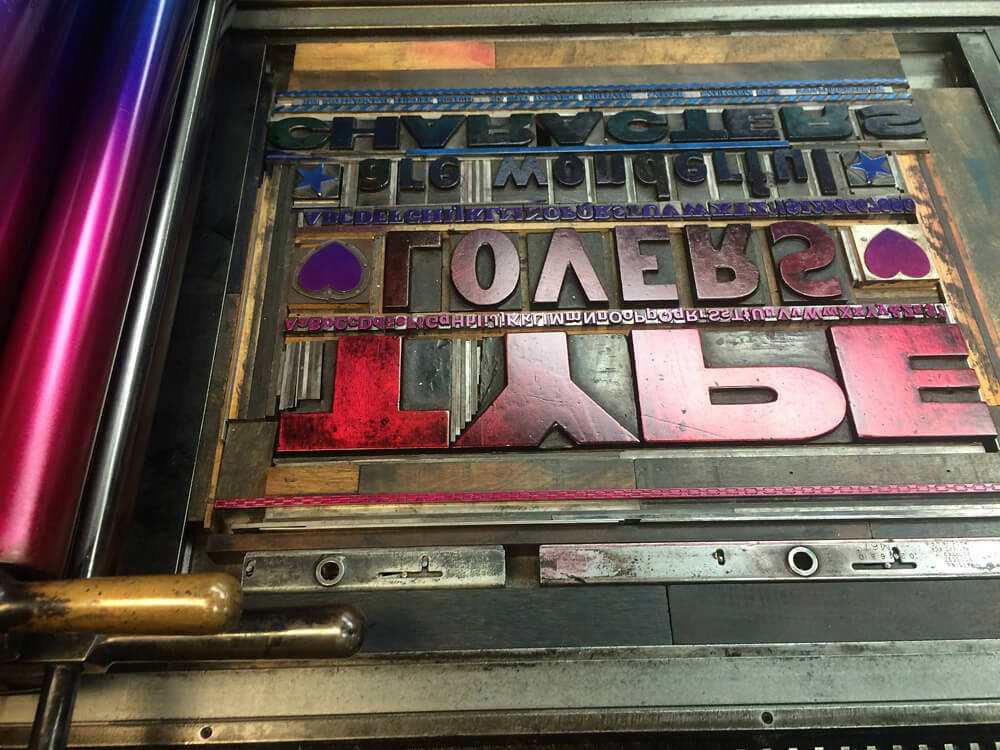
According to Encyclopedia Britannica:
Letterpress printing, also called relief printing, or typographic printing in commercial printing, is a process where many copies of an image are produced by repeated direct impression of an inked, raised surface against sheets or a continuous roll of paper. [Source: Britannica ]
Letterpress Literally Changed Our Lives
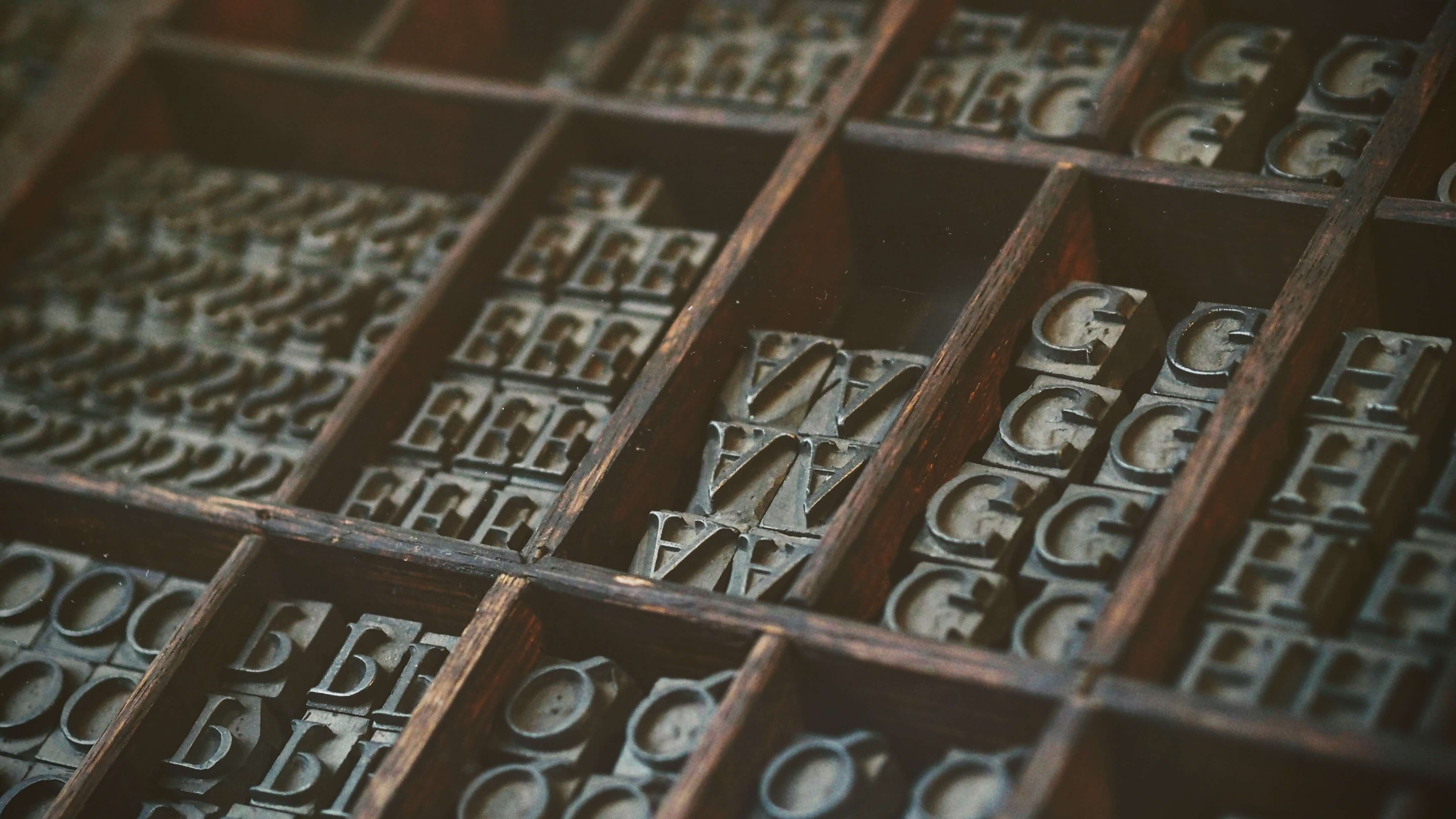
It is said that Johannes Gutenberg invented letterpress printing technology in Germany in the 15th century. Before letterpress printing, an inordinate amount of time and effort was spent writing manuscripts by hand and then transcribing them manually to make books. Books were extremely rare and expensive at that time.
Gutenberg invented movable-type, which used a separate piece for each individual letter. Since he was a metalworker who decorated swords, his experience and skills enabled him to produce types with metal and combine them to publish books.
The Bible was the first book printed by letterpress around the year 1450. It took Gutenberg five years to complete the printing. Due to the speed of the printing process, some of the Bibles produced were printed on paper and others on parchment, in order to keep up with demand. It is said that Gutenberg produced 180 copies of this Bible, but only 48 copies exist today and they are all incomplete.
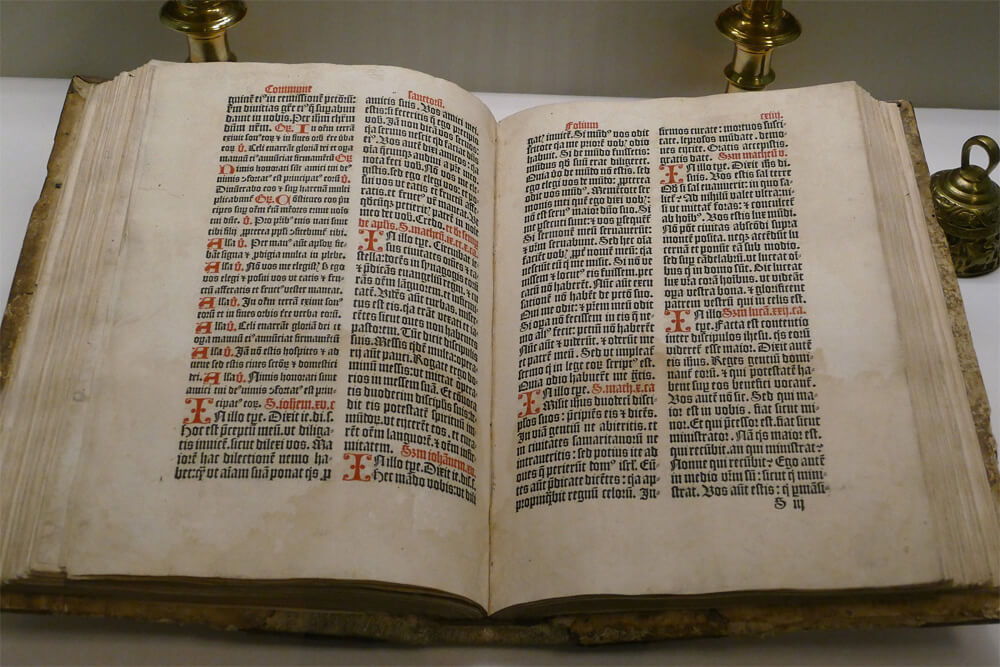
The letterpress technology invented by Gutenberg spread throughout Europe during the following decade. The advent of letterpress printing enabled many books with the same content to be printed quickly and at a low cost. These were the two main factors which led to such a rapid spread of this new technology.
Martin Luther initiated the Protestant reformation in Germany in the early 16th century and this historical event was facilitated by letterpress printing. It allowed Luther’s ideas to be printed in pamphlets, leaflets, and books quickly, spreading around Europe. It is conceivable that the reformation would not have been as successful without letterpress printing.
It is obvious that letterpress printing had a huge impact on people’s lives at the time. It probably would have been comparable in scope to the way that the internet changed our lives today. The invention of letterpress printing is definitely one of the most pivotal innovations in the recent history of mankind.
Indentations on the Surface of Paper
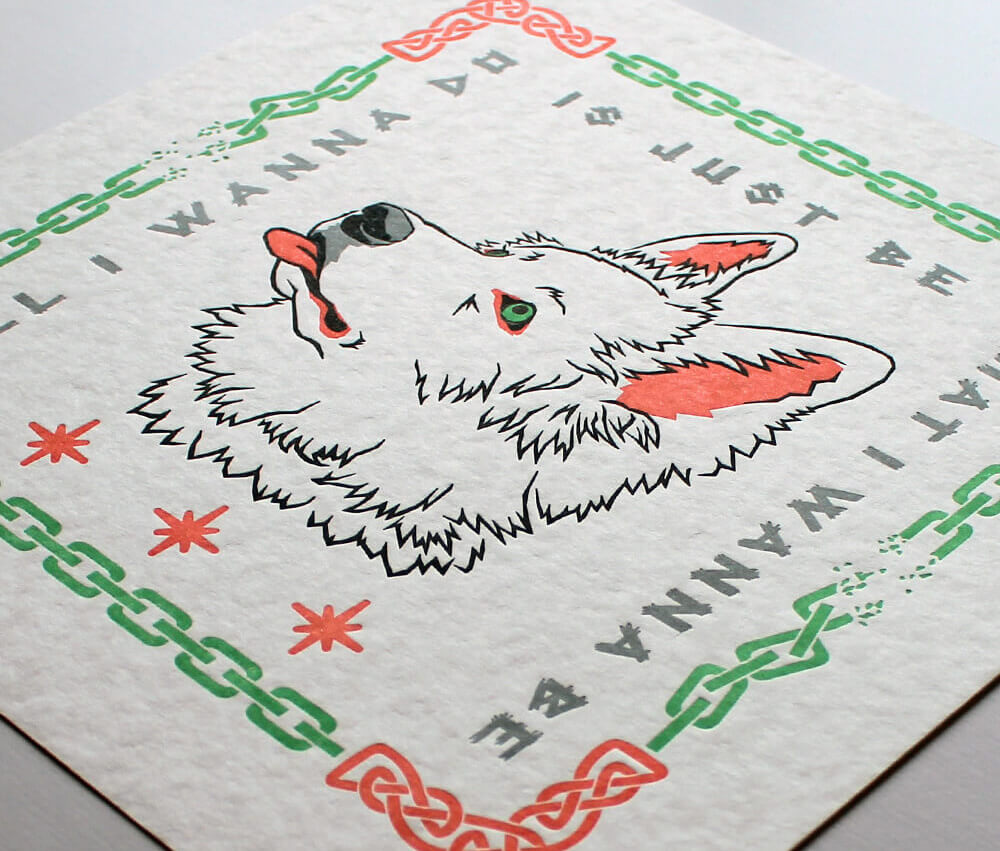
Today, many people think that indentations on the surface of the paper are one of the fascinating features of letterpress printing. However, these same indentations were perceived as a defect in the past.
Soon after the invention of offset printing, the main use of the letterpress shifted with the times from newspapers, magazines and advertisements to business cards, greeting cards, and posters. The role of the letterpress changed from the bulk printing of standard quality items, to printing high-quality items in smaller quantities.
It is always beneficial for newspapers and magazines to be printed without indentations because they are usually two-sided, and having indentations drastically reduces readability. For business cards and greeting cards, the effects of the indentation might be an asset, adding an element of design to the final item. Unique business cards or greeting cards would make a more lasting impression on the receiver.
In conclusion, depending on the item being printed, the desired effects, and the perception of the viewer, indentations could be considered either a defect, or a fascinating element of design.
Letterpress Printing and Art
American street artist Shepard Fairey aka “Obey Giant” is one well-known artist currently creating artwork using letterpress printing. Shepard constantly creates and releases letterpress prints and they are in such high demand that they usually sell out in less than 60 seconds.
This video called “Welcome Visitors – Behind the Scenes with Aardvark Letterpress” by Obey Giant teaches us more about the labour-intensive process of using a letterpress. Letterpress printing is struggling to find its place in our fast-paced society. It is inefficient and difficult to maintain consistent quality over a large number of items compared to offset printing. For example, flaws may include things such as indentations, ink bleeds, or blur.
Due to the occurrence of these flaws, letterpress printing provides the opportunity for a human touch to be included in each item, which results in a product that feels more personalized than something created on a more modern machine. This demonstrates the great compatibility of fine art and letterpress printing.
Koichiro Takagi’s new artwork will prove how amazing the combination between art and letterpress printing is. Make sure you come to our site on February 26th to be one of the first to get your hands on a copy of this incredible new piece!
Reference:
・グラフィック社編集部『デザインの引き出し37 活版・凸版印刷でモノ感あふれる紙ものづくり』(グラフィック社、2019年)
・グラフィック社編集部『デザインの引き出し10 凸版・活版印刷でいくのだ! 』(グラフィック社、2010年)
・シャーロット・リバース 『世界の活版印刷 グラフィック・コレクション』(グラフィック社、2010年)
・宮谷 宣史『グーテンベルク42行聖書』(関西学院大学リポジトリ、2002年)
・OBEY GIANT, “Welcome Visitors – Behind the Scenes with Aardvark Letterpress”
